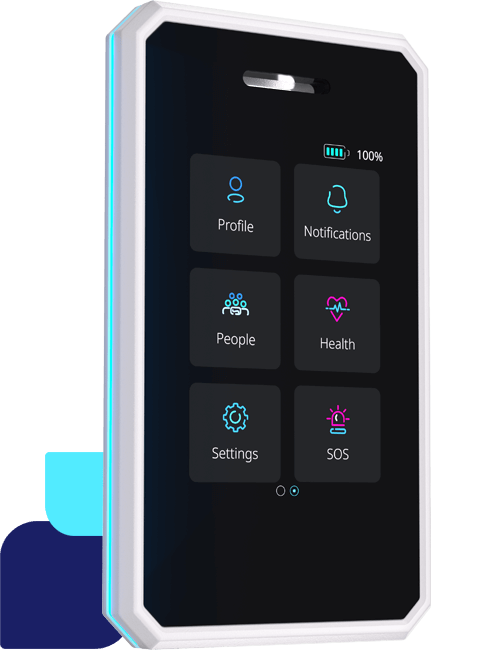Frontline healthcare has seen huge challenges since covid with staff shortages causing resources to be stretched. This has had negative impacts on the quality of care given to patients, especially in the community. Recently, there have been reports on the amount of care being recorded vs how much was actually given.
“A dementia home care agency spent as little as three and a half minutes on taxpayer-funded care visits and filed records claiming far more care was given, according to evidence seen by the Guardian.”
The depth of the problem
Local authorities and healthcare services are under increasing pressure to show that funds are being used appropriately. The Guardian report raises a serious question about how agencies are using tax-payer money. This clearly requires further investigation. Which means that resources (probably more tax-payer money) will be dedicated to investigating how much care was really given. Time sheets might be scrutinised, and interviews held with patients to understand how much time was really spent. Other forms of evidence might be difficult to come by.
It wouldn’t surprise me at all to learn that this agency isn’t the only one struggling to provide the amount of time with patients it’s supposed to. Agencies should be held accountable for staff honesty and punctuality. Meaning that either the correct amount of time is spent with patients (which is the optimum solution) or staff can’t claim more time was spent than actually was.
But what if there was a better way to audit agencies? What if technology could be used to create a clear audit trail?
How location data can help
There are many data points that can be used, but the most obvious is time stamped location data.
We see live data on deliveries that show us exactly where the driver is and the route that they are taking. So, why not trace movement of staff that are delivering care on tax-payer money?
Using GPS location data and timestamp data, healthcare service providers can clearly demonstrate where a member of staff was and at what time. But this simply verifies they were with a patient at a point in time – we believe agencies could do even more with this data.
Why combining location data with tasks is better
A better solution is to combine task management and location data to provide continuous tracking data during patient care appointments.
With Sense, patient care appointments can be set as tasks and GPS used to track the location of the healthcare staff. As staff arrive at their appointments, they can check in using the Sense Badge, which will begin live location tracking. At the end of the appointment, the user can check out of lone worker app and all location data is stored in the cloud. Data is sent in real-time using the onboard 4G LTE-M data plan. Supervisors or Operation Managers can use location data to verify how long each care giver spent with each patient.
This data can also be used to show local authorities how much patient care was delivered, providing reassurance to those arranging and paying for the service.
Why the problem needs to be solved urgently
As the problem goes on unsolved, the list of patients continues to grow, and the challenge of the delivering the right care increases. Many vulnerable patients are being left without proper care. Most importantly, their care needs must be seen to. It’s also important for their loved-ones and for healthcare directors to know that patients are receiving what’s been arranged and paid for (privately or through public-health).
An urgent solution needs to be implemented, but the technology to help does at least exist.







